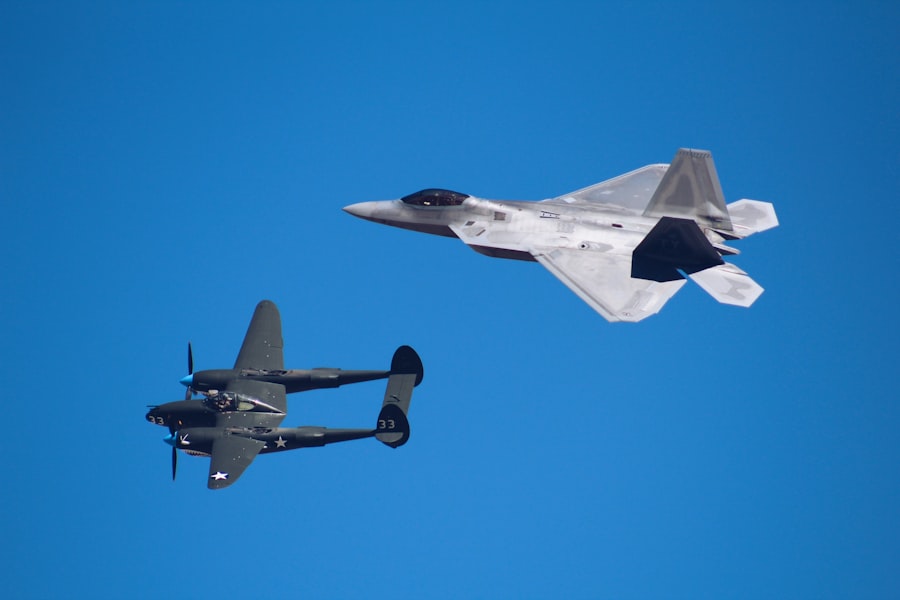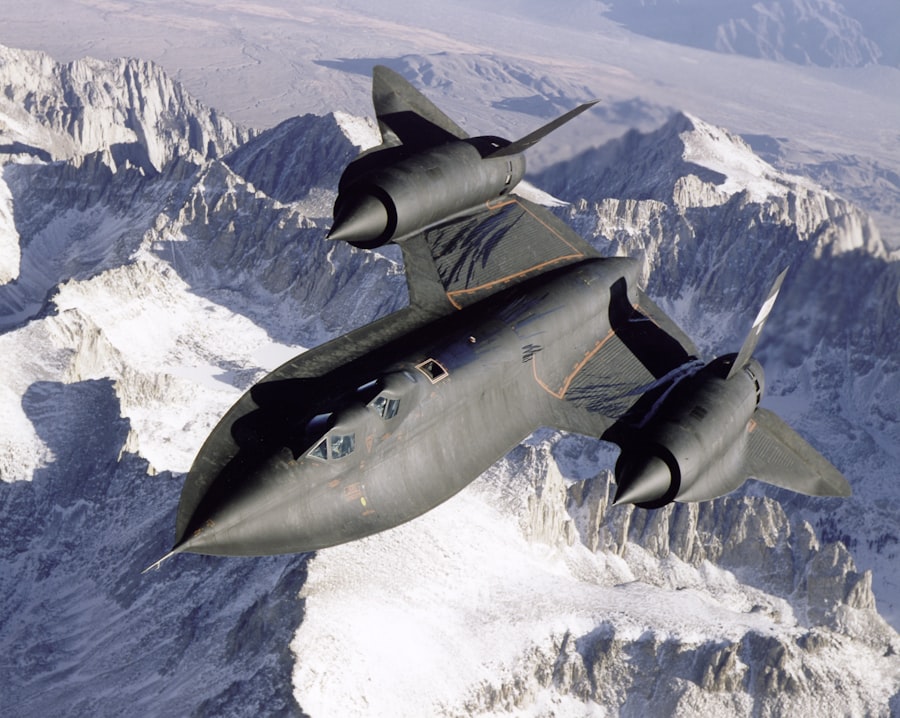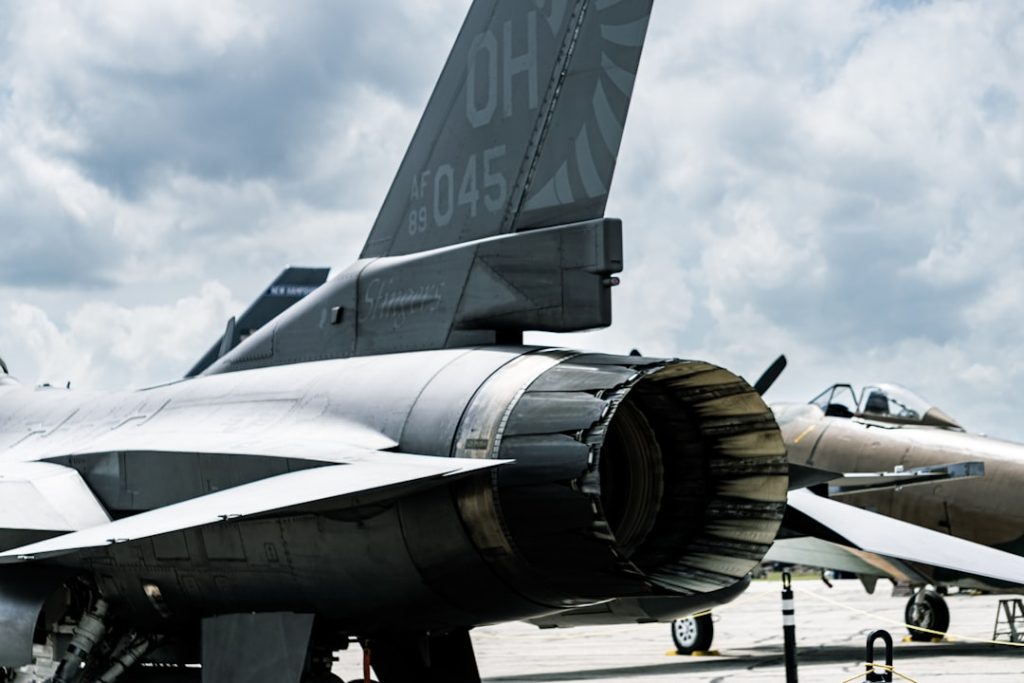The Internet of Things (IoT) has emerged as a transformative force across various industries, and the aerospace and defense sectors are no exception. The integration of IoT technologies into these fields is revolutionizing operations, enhancing efficiency, and improving decision-making processes. By connecting devices, sensors, and systems, IoT enables real-time data collection and analysis, which is crucial for the complex and high-stakes environments typical of aerospace and defense operations.
The market for IoT in these sectors is rapidly expanding, driven by the need for advanced technologies that can support mission-critical applications and improve overall operational effectiveness. In the aerospace sector, IoT applications range from aircraft health monitoring to supply chain management, while in defense, they encompass everything from battlefield communications to logistics optimization. The convergence of IoT with other technologies such as artificial intelligence (AI), big data analytics, and cloud computing further amplifies its potential impact.
As organizations in aerospace and defense increasingly recognize the value of IoT, investments in this technology are expected to grow significantly, paving the way for innovative solutions that enhance safety, efficiency, and responsiveness.
Key Takeaways
- IoT is revolutionizing the Aerospace & Defense industry by enabling real-time data monitoring and analysis for improved efficiency and safety.
- Advantages of IoT in Aerospace & Defense include predictive maintenance, enhanced situational awareness, and streamlined logistics and supply chain management.
- Challenges and Risks of Implementing IoT in Aerospace & Defense include cybersecurity threats, interoperability issues, and the complexity of integrating legacy systems with IoT technology.
- Current Trends and Developments in IoT for Aerospace & Defense include the use of AI and machine learning for data analytics, the adoption of 5G for connectivity, and the development of autonomous systems.
- Impact of IoT on Maintenance, Repair, and Overhaul (MRO) in Aerospace & Defense includes reduced downtime, optimized maintenance schedules, and cost savings through predictive maintenance.
- Security and Privacy Concerns in IoT for Aerospace & Defense revolve around the vulnerability of connected systems to cyber attacks and the potential for unauthorized access to sensitive data.
- Opportunities for Growth and Innovation in the IoT Aerospace & Defense Market include the development of advanced sensor technologies, the integration of IoT with blockchain for secure data management, and the expansion of IoT applications in unmanned aerial vehicles (UAVs) and space exploration.
- Future Outlook and Predictions for IoT in Aerospace & Defense point towards increased adoption of IoT solutions, the emergence of new business models based on IoT data, and the continued evolution of IoT technology to meet the specific needs of the Aerospace & Defense industry.
Advantages of IoT in Aerospace & Defense
One of the most significant advantages of IoT in aerospace and defense is the ability to gather and analyze vast amounts of data in real time. This capability allows organizations to monitor the performance of aircraft and defense systems continuously. For instance, sensors embedded in aircraft can track engine performance, fuel consumption, and structural integrity, providing engineers with critical insights that can lead to proactive maintenance and reduced downtime.
This predictive maintenance approach not only enhances safety but also optimizes operational costs by minimizing unplanned repairs. Moreover, IoT facilitates improved situational awareness in defense operations. By integrating various data sources—such as satellite imagery, drone feeds, and ground sensor information—military commanders can gain a comprehensive view of the battlefield.
This enhanced visibility enables more informed decision-making and quicker responses to emerging threats. Additionally, IoT can streamline logistics and supply chain management by providing real-time tracking of equipment and supplies, ensuring that resources are available when and where they are needed most.
Challenges and Risks of Implementing IoT in Aerospace & Defense

Despite its numerous advantages, the implementation of IoT in aerospace and defense is fraught with challenges and risks. One of the primary concerns is the complexity of integrating IoT systems with existing infrastructure. Many aerospace and defense organizations operate legacy systems that may not be compatible with modern IoT technologies.
This integration challenge can lead to increased costs and extended timelines for deployment, as organizations must invest in both new technologies and the necessary upgrades to their existing systems. Another significant risk associated with IoT implementation is cybersecurity. The interconnected nature of IoT devices creates multiple entry points for potential cyberattacks.
In the aerospace and defense sectors, where sensitive data and critical operations are at stake, the consequences of a security breach can be catastrophic. Organizations must prioritize robust cybersecurity measures to protect their IoT networks from threats such as hacking, data breaches, and ransomware attacks. This necessitates ongoing investment in security technologies, employee training, and incident response planning.
Current Trends and Developments in IoT for Aerospace & Defense
| Category | Trends/Developments |
|---|---|
| Connectivity | Adoption of 5G technology for faster and more reliable communication |
| Security | Implementation of blockchain technology for secure data transmission and storage |
| Automation | Integration of AI and machine learning for autonomous decision-making and predictive maintenance |
| Remote Monitoring | Use of IoT sensors for real-time monitoring of aircraft performance and health |
| Supply Chain Management | Utilization of IoT for tracking and optimizing the supply chain of aerospace and defense equipment |
The landscape of IoT in aerospace and defense is continually evolving, with several key trends shaping its development. One notable trend is the increasing adoption of edge computing. By processing data closer to where it is generated—such as on aircraft or drones—organizations can reduce latency and improve response times.
This is particularly important in defense applications where real-time decision-making can be critical. Edge computing also alleviates bandwidth constraints by minimizing the amount of data that needs to be transmitted to centralized cloud servers. Another significant trend is the growing emphasis on interoperability among different IoT devices and systems.
As organizations deploy a diverse array of sensors, platforms, and applications, ensuring seamless communication between these components becomes essential. Industry standards and frameworks are being developed to facilitate interoperability, enabling organizations to leverage their existing investments while integrating new technologies more effectively. This trend not only enhances operational efficiency but also fosters innovation by allowing organizations to experiment with new solutions without being hindered by compatibility issues.
Impact of IoT on Maintenance, Repair, and Overhaul (MRO) in Aerospace & Defense
The impact of IoT on maintenance, repair, and overhaul (MRO) processes in aerospace and defense is profound. Traditional MRO practices often rely on scheduled maintenance based on flight hours or calendar time, which can lead to unnecessary downtime or missed opportunities for proactive repairs. With IoT-enabled predictive maintenance capabilities, organizations can shift towards a more data-driven approach that focuses on actual equipment condition rather than arbitrary schedules.
For example, sensors installed on aircraft components can continuously monitor parameters such as temperature, vibration, and pressure. By analyzing this data using advanced algorithms, organizations can identify potential issues before they escalate into serious problems. This not only extends the lifespan of critical components but also reduces maintenance costs by allowing for more efficient resource allocation.
Furthermore, the integration of augmented reality (AR) with IoT can enhance MRO processes by providing technicians with real-time guidance during repairs, improving accuracy and reducing training time.
Security and Privacy Concerns in IoT for Aerospace & Defense

As the adoption of IoT technologies grows within aerospace and defense sectors, so too do concerns regarding security and privacy. The interconnected nature of IoT devices means that a vulnerability in one component can potentially compromise an entire system. Given the sensitive nature of military operations and aviation safety, ensuring robust security measures is paramount.
Organizations must implement multi-layered security protocols that encompass everything from device authentication to data encryption. Moreover, privacy concerns arise from the vast amounts of data collected by IoT devices. In defense applications, this data may include information about troop movements or sensitive operational details that could be exploited if accessed by unauthorized parties.
Organizations must navigate complex regulatory environments while ensuring compliance with data protection laws. This includes establishing clear policies regarding data access, storage, and sharing to mitigate risks associated with unauthorized surveillance or data breaches.
Opportunities for Growth and Innovation in the IoT Aerospace & Defense Market
The IoT aerospace and defense market presents numerous opportunities for growth and innovation as organizations seek to leverage technology for competitive advantage. One area ripe for development is the integration of artificial intelligence (AI) with IoT systems. By combining AI algorithms with real-time data from IoT devices, organizations can enhance their analytical capabilities, enabling more accurate predictions regarding equipment performance or threat assessments.
Additionally, there is significant potential for collaboration between private companies and government agencies in developing innovative IoT solutions tailored to specific defense needs. Public-private partnerships can facilitate knowledge sharing and resource pooling, accelerating the development of cutting-edge technologies that address pressing challenges in national security or aviation safety. Furthermore, as global tensions rise and geopolitical landscapes shift, investments in IoT solutions that enhance situational awareness or operational efficiency will likely see increased demand.
Future Outlook and Predictions for IoT in Aerospace & Defense
Looking ahead, the future of IoT in aerospace and defense appears promising yet complex. As technology continues to advance at a rapid pace, organizations will need to remain agile in adapting to new developments while addressing emerging challenges. The integration of 5G technology is expected to play a pivotal role in enhancing IoT capabilities by providing faster data transmission speeds and improved connectivity for remote devices.
Moreover, as more organizations embrace digital transformation initiatives, the demand for skilled professionals who can manage and analyze IoT data will grow significantly. This shift will necessitate investment in workforce training programs to equip employees with the necessary skills to navigate an increasingly digital landscape. In conclusion, while the journey toward fully realizing the potential of IoT in aerospace and defense may be fraught with challenges, the opportunities for innovation and growth are substantial.
As organizations continue to explore new applications for this technology, they will undoubtedly uncover novel solutions that enhance operational efficiency, improve safety outcomes, and ultimately reshape the future of aerospace and defense operations.


